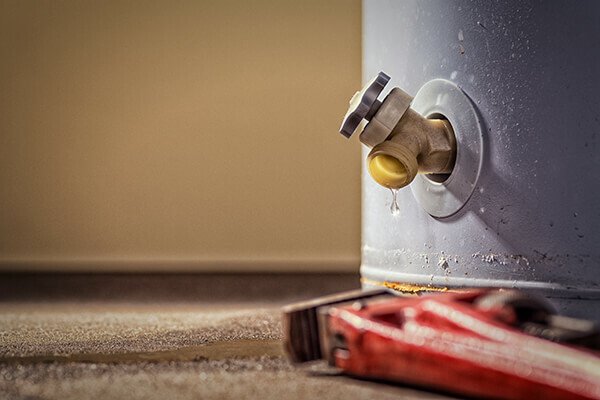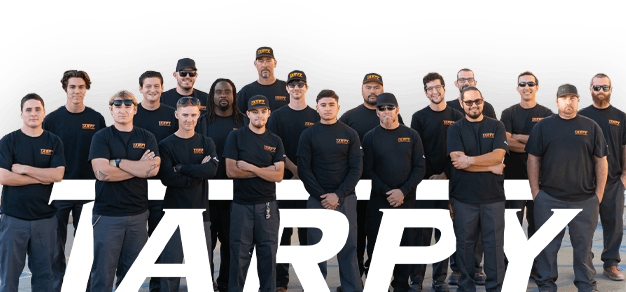Water Heaters
 The standard water heater comes in two flavors: electric and fuel-fired. In the latter, the fuel most commonly used is gas, either natural or propane, but oil-fired heaters are popular in many areas.
The standard water heater comes in two flavors: electric and fuel-fired. In the latter, the fuel most commonly used is gas, either natural or propane, but oil-fired heaters are popular in many areas.
Fuel-fired units have a vent pipe at the top to carry away exhaust gases. Electric models, on the other hand, simply have a power cable that connects the heater to your electric service panel. The job of the tank-type heater is not only to heat the water, but to store it until it’s ready to use.
Therefore, in addition to the tank’s heating system, every tank is equipped with insulation to help keep the water warm between heating cycles.
On top of every tank you’ll find the water supply and delivery pipes. The supply pipe routes cold water to the bottom of the tank through the dip tube. The hot-water delivery pipe takes water from the top. For safety, all water heaters are equipped with a T&P valve (temperature-and-pressure relief valve). This valve opens if either the temperature or pressure of the water exceeds a safe limit. The valve is connected to a pipe that runs down the outside of the tank, ending about 6 in. from the floor. It’s a good idea to keep a bucket under the end of the pipe to catch water if the valve opens. The T&P valve should not be connected to a drain. If the valve did open, a sign that a problem exists, you might never know that it had opened. Most tanks are made of steel, which is glass-lined on the inside to help prevent corrosion. In fact, corrosion is the primary reason that tanks fail. Once rust produces a hole, there are temporary fixes, but the tank should be replaced.
 All tanks also have an anode rod to control corrosion. The magnesium anode rod protects the tank by corroding in place of the steel. Because the rod is designed to corrode, it will eventually wear away.
All tanks also have an anode rod to control corrosion. The magnesium anode rod protects the tank by corroding in place of the steel. Because the rod is designed to corrode, it will eventually wear away.
After this happens, corrosion of the steel accelerates. It’s a good idea to check the anode rod once a year, and replace it if necessary. At the bottom of every tank is a drain cock to empty the heater, and a valve on the supply pipe allows you to shut down the hot-water plumbing without affecting the cold-water supply to the house.
Tankless Water Heaters
The idea behind a tankless system is that it heats the water as you need it instead of continually heating water stored in a tank. Tankless heaters have been the norm in much of Europe and Japan for quite some time, but they haven’t gained popularity until recently in the United States — largely due to the green movement. Traditional Hot Water Heaters are still the most commonly used here in the USA. We believe the the trend will move towards the more energy efficient Tankless Hot Water Systems in the future.
If you’re a good candidate for a tankless system, you can save a substantial amount of money every year on your monthly bills while at the same time conserving natural gas. Tankless heaters also last about five to 10 years longer than a tank heater, take up much less space and provide you with an unlimited amount of hot water. The experts at Tarpy Plumbing, Heating & Air can help with any water heater issues or services you may need – call one of our plumbing professionals today!

 SPECIALISTS
SPECIALISTS

